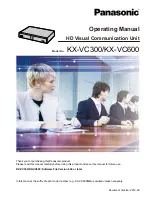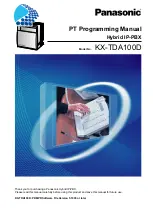
C H A P T E R
6-1
Cisco TelePresence System
OL-16441-01
6
Options for the Cisco TelePresence System 3000,
3010, 3200, and 3210
Revised: January 16, 2013, OL-16441-01
This document provides you with information for the options for the Cisco TelePresence System 3000,
3010, 3200, and 3210 and includes the following sections:
•
Auxiliary Control Unit, page 6-1
•
Cisco TelePresence Presentation Codec, page 6-6
•
Optional Switch for Ethernet Connectivity, page 6-25
•
Video Signal Splitter, page 6-26
•
Upgrading a CTS 3000 to a CTS 3200, page 6-27
Auxiliary Control Unit
Note
All current Cisco TelePresence systems are shipped with the auxiliary control unit. For installation
instructions for a new system, refer to the installation guide for your system.
The auxiliary control unit provides the ability to conserve energy by powering the Cisco TelePresence
System lights, projector, and optional peripherals on and off. There is one power inlet, five controlled
power outlets, and one power outlet that is not controlled (unswitched). In addition, there are two serial
ports, one of which allows you to control the power for the projector, and incoming and outgoing
Ethernet connections that allow you to control an additional peripheral item. The auxiliary control unit
is controlled by your Cisco TelePresence system administrator and can be configured to:
•
Turn the Cisco TelePresence system lights on during a Cisco TelePresence call and turn the lights
five minutes after the call completes.
This is the default behavior if you configure Power Control in Cisco Unified Communications
Manager to be “On with calls only”.
•
Configure the lights to stay on for a period of time after a call completes.
•
Turn the Cisco TelePresence system lights on according to a configured time schedule.
•
Leave the Cisco TelePresence system lights on continuously.
















































